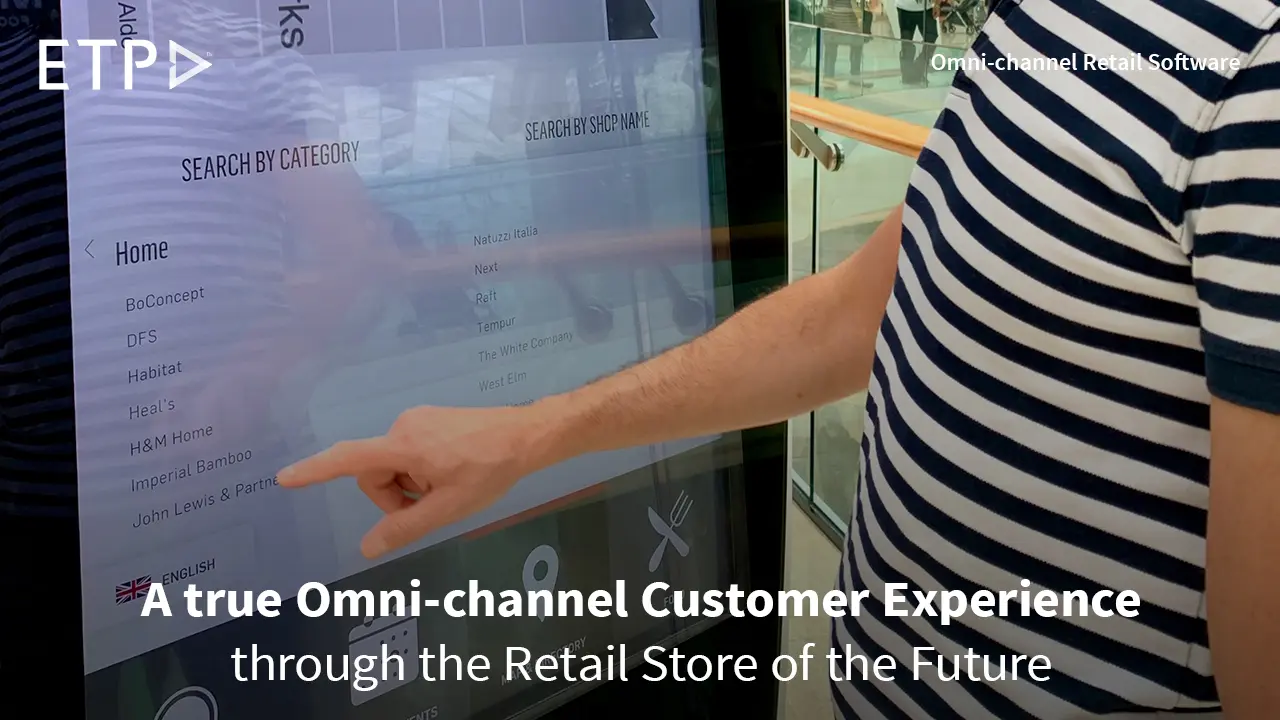
In the fast-paced and ever-evolving world of retail, luxury and lifestyle retailers face unique challenges. With discerning customers and rising expectations, these retailers must constantly strive to enhance the shopping experience while maintaining their brand allure. To achieve this delicate balance, investing in the right retail technology solutions is crucial. In recent years, omni-channel retail software has emerged as a game-changer, enabling luxury and lifestyle retailers to future-proof their investments and stay ahead in the competitive landscape.
Seamlessly Integrating Multiple Channels
Omni-channel retail software empowers luxury and lifestyle retailers to offer a consistent shopping experience across various channels, including brick-and-mortar stores, online platforms, mobile applications, and social media. By seamlessly integrating these channels, customers can enjoy a cohesive shopping journey, irrespective of their preferred touchpoints.
For instance, a customer can begin their shopping journey on the brand’s mobile app, explore the latest collections, and add items to their wishlist. Later, they can visit a physical store to try on the products and seek personalized assistance from knowledgeable store associates. Finally, the customer can make the purchase on the brand’s website, using their saved preferences and obtaining seamless access to their loyalty rewards. This level of integration enhances customer satisfaction and builds brand loyalty, as customers appreciate the convenience and personalized experience.
Driving Traffic to Physical Stores
In an era where e-commerce has gained significant traction, luxury and lifestyle retailers must not neglect the importance of physical stores. Omni-channel retail software leverages various technologies, such as mobile apps and location-based marketing, to drive foot traffic to brick-and-mortar stores.
By offering exclusive in-store promotions, personalized discounts, and special events, luxury retailers can entice customers to visit their stores physically. This not only provides customers with a unique shopping experience but also presents opportunities for retailers to engage with customers directly, enabling better understanding of their preferences, giving the store staff up-selling or cross-selling opportunities, and enhancing the overall shopping journey.
Enhancing Inventory Control
Accurate inventory management is paramount for luxury and lifestyle retailers, as stockouts and overstocking can lead to significant revenue losses and damaged brand reputation. Omni-channel retail software offers real-time visibility of inventory across all channels, providing retailers with valuable insights into stock levels, product movement, and customer demand patterns.
By centralizing inventory data, retailers can optimize their supply chain, minimize stockouts, and ensure the availability of popular products. Additionally, with the software’s predictive analytics capabilities, retailers can anticipate demand trends and adjust their inventory levels accordingly. This efficient inventory control leads to reduced carrying costs, increased sales, and improved customer satisfaction.
Achieving High Fulfillment Rates
In today’s retail landscape, customers expect fast and reliable fulfillment options. Omni-channel retail software equips luxury and lifestyle retailers with advanced order management systems, enabling them to fulfill orders from any channel with efficiency and accuracy.
Whether a customer places an order online, in-store, or through a mobile app, the software automatically routes the order to the most suitable fulfillment center, be it a warehouse or a nearby store. This dynamic fulfillment process ensures quicker order processing and reduces the risk of delayed deliveries. The high fulfillment rate not only delights customers, but also helps retailers build a reputation for reliability and promptness.
Fostering Customer Loyalty
Customer loyalty is a driving force behind the success of luxury and lifestyle retailers. Omni-channel retail software plays a pivotal role in fostering customer loyalty by providing personalized experiences and rewards for loyal shoppers.
Through data analytics and customer segmentation, retailers can identify their most loyal customers and tailor marketing initiatives to suit their preferences. Loyalty programs integrated into the software offer incentives such as exclusive access to new collections, birthday offers, and early access to sales. This recognition and appreciation reinforce the bond between customers and the brand, encouraging repeat purchases and turning them into brand advocates.













